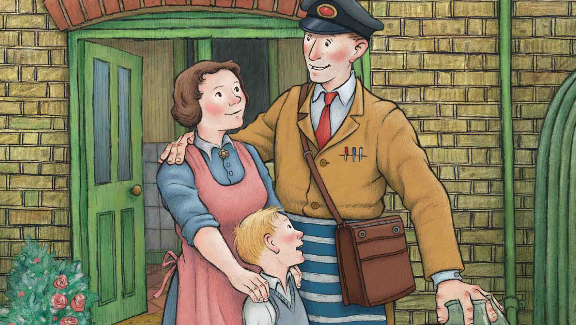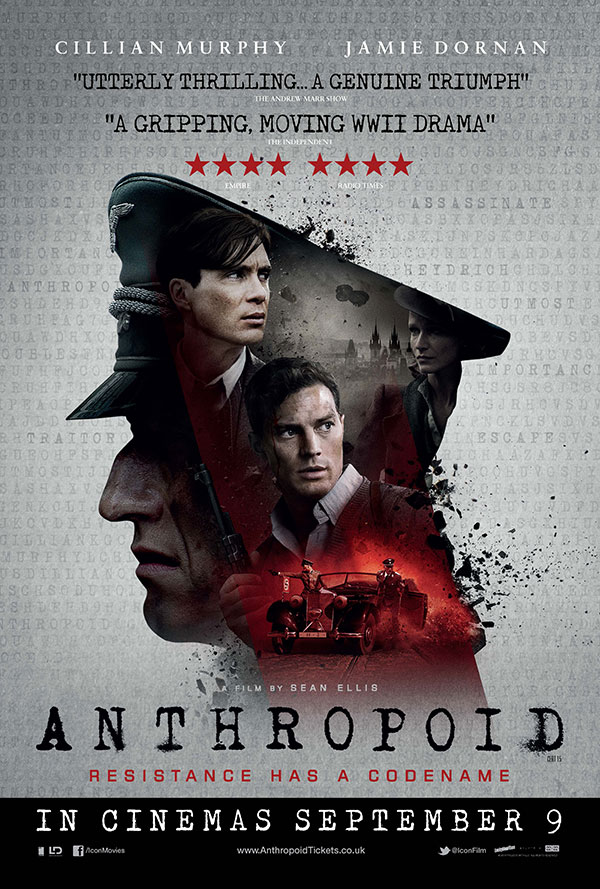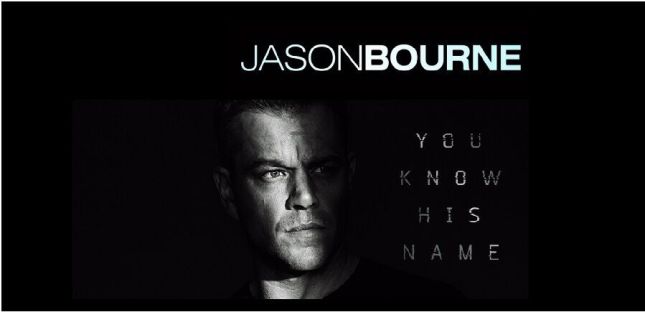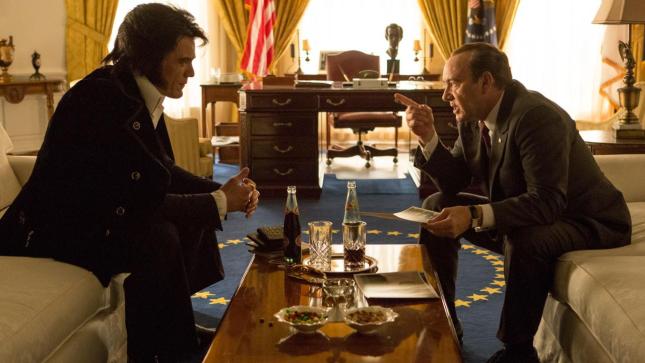
La La Land. It genuinely deserves the accolades.
If you haven’t seen it by now, you’ll probably be pretty cynical about La La Land. It can’t be that good, can it? All those critics just live in a bubble and love films set in Hollywood because they’re familiar with it, don’t they? The answer to the second question is “Yes, they do.” and the answer to the first is “No, it’s not that good, it’s better.”
The film tells the story of Sebastian (played by Ryan Gosling) a jazz musician reduced to playing Christmas songs to uninterested patrons in restaurants, his dream of opening his own jazz club slowly slipping away, and Mia (played by Emma Stone), an actress who the closest she’s got to a role is working in the coffee shop on the Warner Brothers lot and going to audition after audition.
They meet, after a fashion, in the film’s superlative opening; a musical number set on a gridlocked LA freeway, shot to make it look like one continuous shot, but which I presume contains digital stitches (having said that, it’s worth noting that it’s shot on film rather than digital, and in the all but obsolete CinemaScope format) and then meet again as Seb is fired from his job as a restaurant pianist for not sticking to the Christmas playlist. The film follows them for a year, with the seasons, starting with Winter, introduced on title cards, as they meet again at a party where Seb is playing 80s hits on a keytar with a covers band and Mia is with a boorish date talking about how hot his writing is.
Eventually they begin a relationship, move in together and Seb joins a successful jazz band (fronted by John Legend), meaning he spends more time away from Mia, who he has convinced to quit her barista job and put on her own one woman show.
The film is so much more than a joyous pastiche of old Hollywood musicals; it’s about being told you can have it all, moving to the big city to have it, and finding out it’s not that easy. But it’s also about not giving up on your dreams. The presence of iPhones and iPads reminds you it’s set in the present, but really it could be set at any point in the last sixty years. When the Autumn comes the title card says “Fall”, and it’s a signpost that not all is well between Seb and Mia. There’s a brilliant line that he throws at her, accusing her of only liking him when he was down on his ass because it made her feel better about herself. It’s funny, and happy, and sad and true. Its requisite happy ending comes, but it’s not exactly what you might expect.
The film puts a spring in your step – I wanted to dance out of the cinema, the first thing I did when I got out was buy the soundtrack (produced by Marius de Vries, who has come a long way since working with Massive Attack). You do need to suspend your disbelief, but the most improbably thing about the movie is that in one scene Seb drinks Stella Artois; surely a character like that would only touch an obscure craft beer from Portland. It goes without saying that Gosling and Stone are perfect in the roles (Miles Teller and Emma Watson were originally lined up for the leads, but it’s impossible to imagine anyone else in the parts).
Damien Chazelle had previously directed Whiplash (the star of which, JK Simmons, also appears here in a small but pivotal role). He’s younger than me, the fucker, but La La Land is one of the films of this or any other year. Go and see it!








